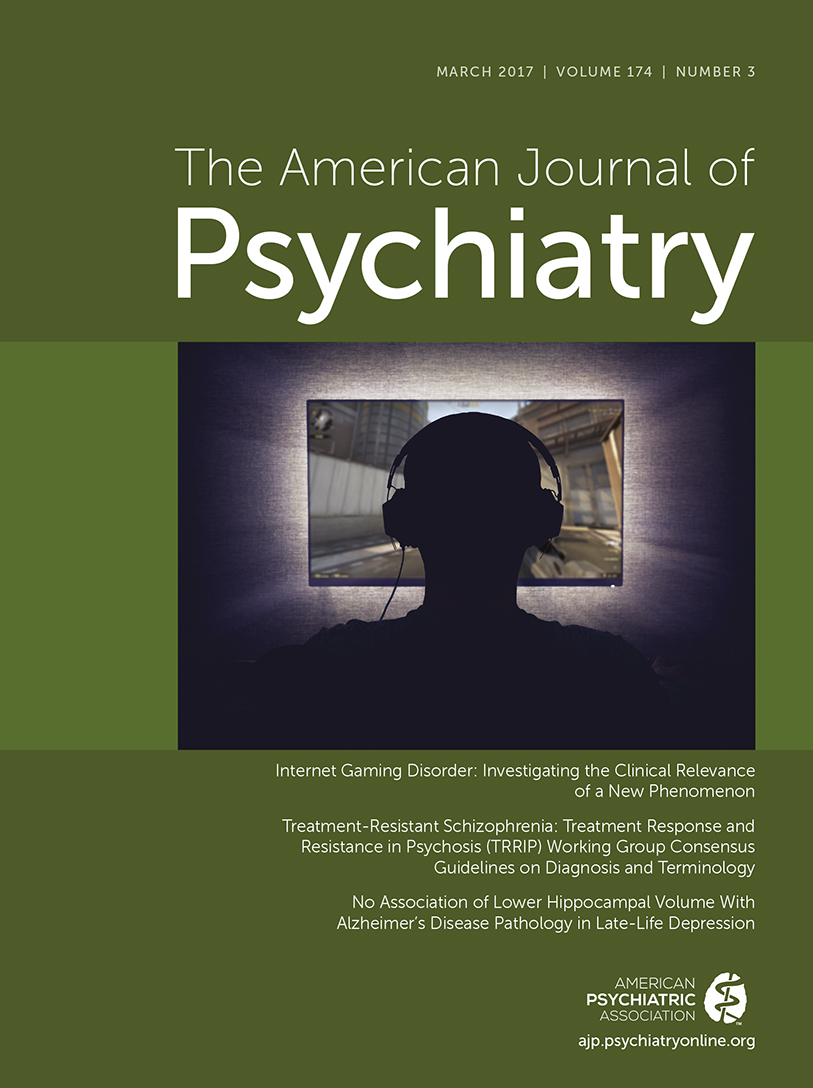Accelerated Gray and White Matter Deterioration With Age in Schizophrenia
Abstract
Objective:
Although brain changes in schizophrenia have been proposed to mirror those found with advancing age, the trajectory of gray matter and white matter changes during the disease course remains unclear. The authors sought to measure whether these changes in individuals with schizophrenia remain stable, are accelerated, or are diminished with age.
Method:
Gray matter volume and fractional anisotropy were mapped in 326 individuals diagnosed with schizophrenia or schizoaffective disorder and in 197 healthy comparison subjects aged 20–65 years. Polynomial regression was used to model the influence of age on gray matter volume and fractional anisotropy at a whole-brain and voxel level. Between-group differences in gray matter volume and fractional anisotropy were regionally localized across the lifespan using permutation testing and cluster-based inference.
Results:
Significant loss of gray matter volume was evident in schizophrenia, progressively worsening with age to a maximal loss of 8% in the seventh decade of life. The inferred rate of gray matter volume loss was significantly accelerated in schizophrenia up to middle age and plateaued thereafter. In contrast, significant reductions in fractional anisotropy emerged in schizophrenia only after age 35, and the rate of fractional anisotropy deterioration with age was constant and best modeled with a straight line. The slope of this line was 60% steeper in schizophrenia relative to comparison subjects, indicating a significantly faster rate of white matter deterioration with age. The rates of reduction of gray matter volume and fractional anisotropy were significantly faster in males than in females, but an interaction between sex and diagnosis was not evident.
Conclusions:
The findings suggest that schizophrenia is characterized by an initial, rapid rate of gray matter loss that slows in middle life, followed by the emergence of a deficit in white matter that progressively worsens with age at a constant rate.



